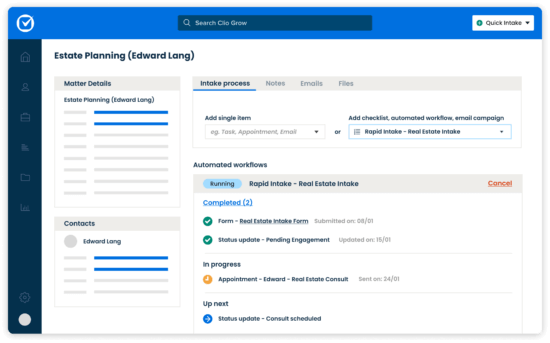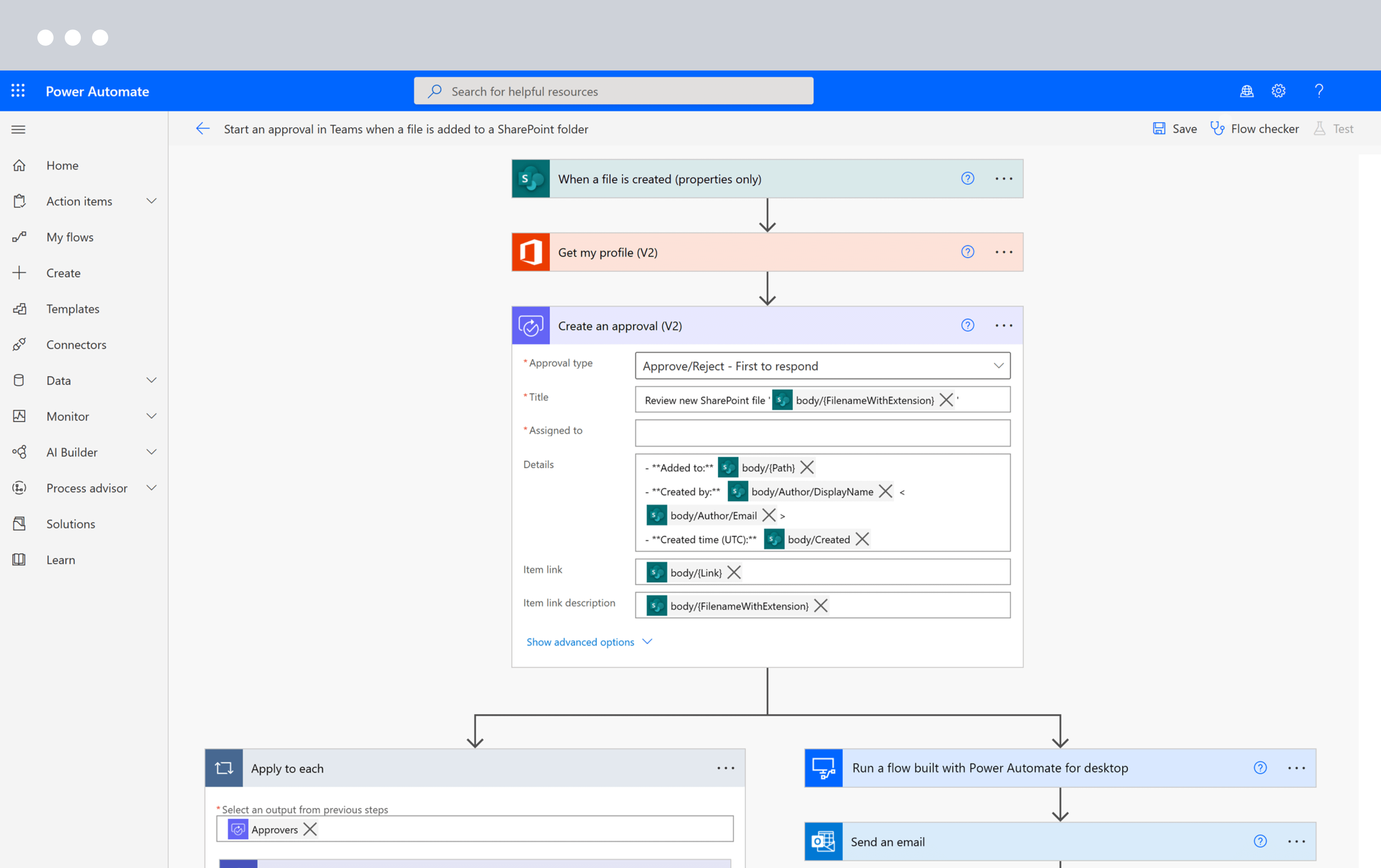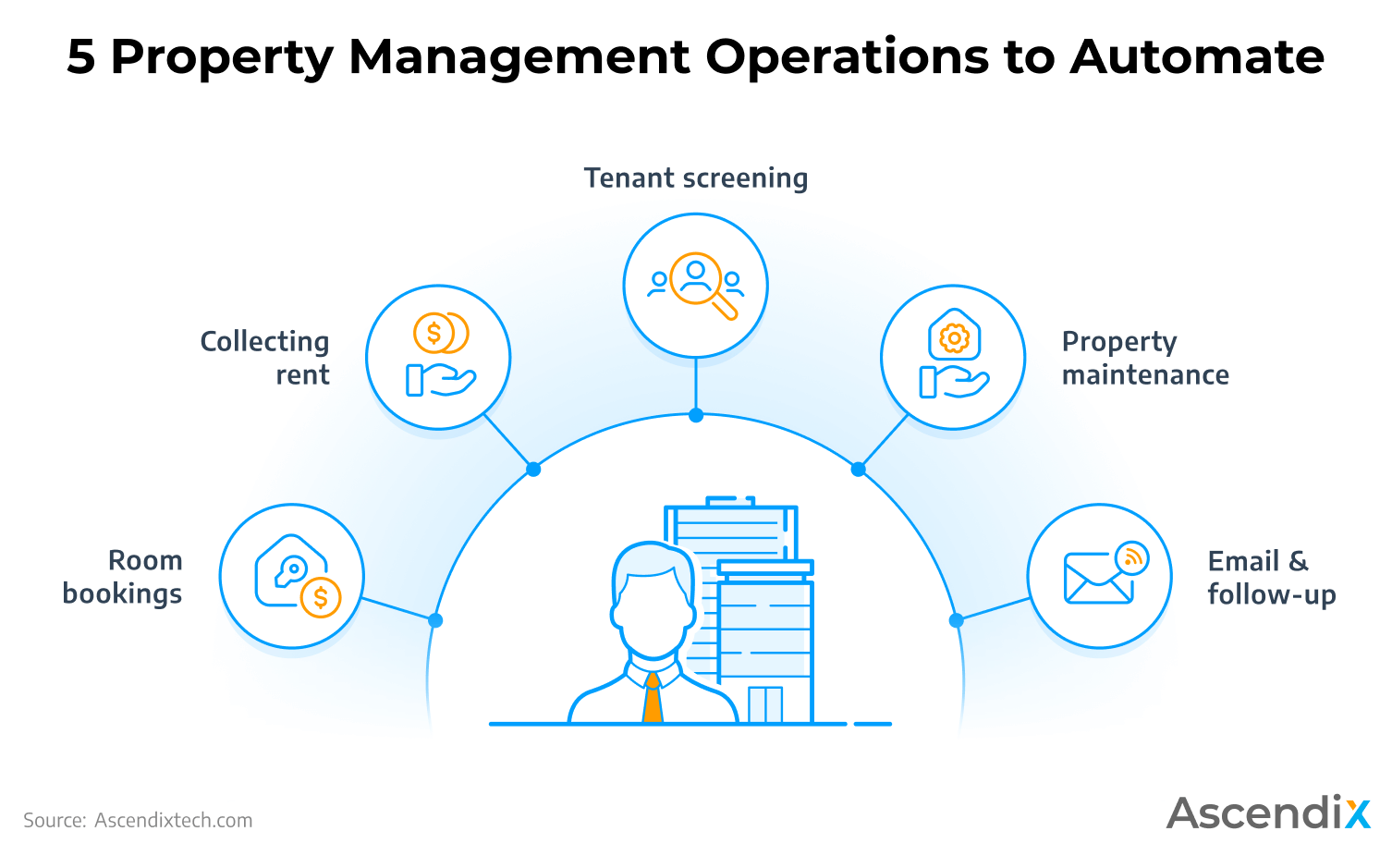Sales process automation software simplifies workflows by streamlining and automating tasks, increasing efficiency, and reducing manual effort for sales teams. Sales teams are constantly looking for ways to improve their efficiency and productivity.
One solution that has emerged is sales process automation software. This software simplifies workflows by automating repetitive tasks and streamlining the sales process. With the click of a button, sales representatives can access customer data, create quotes, generate reports, and track sales activities.
By eliminating manual effort and reducing administrative tasks, sales process automation software allows sales teams to focus more on building relationships and closing deals. We will explore how sales process automation software benefits businesses and how it simplifies workflows for sales professionals. From lead generation to contract management, this software revolutionizes the way sales teams work, increasing efficiency and productivity.
Benefits Of Sales Process Automation
Sales process automation has revolutionized how companies manage their sales workflows. By leveraging software solutions, businesses can streamline their sales processes, leading to increased efficiency, improved accuracy, and enhanced customer experience.
Increased Efficiency
Sales process automation significantly boosts efficiency by automating manual tasks and eliminating time-consuming administrative work. With automation software in place, sales teams can focus their time and effort on high-value activities, such as building relationships with clients and closing deals. It enables them to prioritize their tasks effectively and ensures that critical sales activities are given the attention they deserve.
An automated sales process also allows sales representatives to access important customer data more efficiently. They can quickly retrieve and update customer information, track sales progress, and analyze performance metrics with just a few clicks. By eliminating the need for manual data entry and paperwork, sales process automation streamlines the workflow, making it possible to handle a larger volume of leads and prospects in less time.
Improved Accuracy
When manual tasks are performed, there is always room for human error. Sales process automation mitigates this risk by ensuring accurate and consistent results. By automating data entry, updates, and documentation, the software reduces the likelihood of mistakes caused by human oversight or typos.
Automated workflows can also provide prompt notifications and reminders to sales representatives, ensuring that no important tasks or follow-ups slip through the cracks. By relying on an automated system, sales teams can rest assured that leads are being properly nurtured, meetings are scheduled on time, and critical deadlines are met. Increased accuracy leads to improved credibility, as customers and stakeholders can rely on consistent and error-free communication from the sales team.
Enhanced Customer Experience
Sales process automation plays a crucial role in enhancing the overall customer experience. With automation software, businesses can respond to customer inquiries and requests more promptly. Automated lead nurturing allows for personalized communication at every stage of the sales cycle, making customers feel valued and understood. By delivering tailored content and offers based on customer preferences, sales teams can forge stronger relationships and increase customer satisfaction.
Additionally, automated workflows enable sales representatives to have a holistic view of each customer’s history, preferences, and interactions with the company. This knowledge empowers them to provide personalized recommendations, address specific pain points, and offer tailored solutions—ultimately leading to increased customer loyalty and retention.
Key Features Of Sales Process Automation Software
Sales process automation software is designed to streamline and optimize the various stages and tasks involved in the sales process. By automating repetitive and time-consuming tasks, this software allows sales teams to focus on building relationships and closing deals. Here are some key features of sales process automation software:
Contact Management
Contact management is a vital aspect of any sales process. This feature of sales process automation software helps sales teams efficiently organize and manage their contacts. With contact management, sales representatives can easily access and update customer information, track interactions, and view communication history. They can segment contacts based on various criteria, such as industry, location, or purchase history, making it easier to personalize their sales approach.
Opportunity Tracking
Opportunity tracking is another essential feature provided by sales process automation software. It allows sales teams to track and monitor every stage of a sales opportunity, from initial contact through to closing the deal. By capturing valuable data about each opportunity, such as the probability of closing, expected revenue, and key actions required, sales representatives can prioritize their efforts and focus on opportunities that are most likely to convert.
Sales Forecasting
Sales forecasting is a crucial component of strategic planning for every business. Sales process automation software offers sales forecasting capabilities that assist sales teams in predicting future sales performance. By analyzing historical data and current trends, this feature generates accurate predictions of future sales and revenue. Sales representatives can leverage these forecasts to set realistic targets, allocate resources effectively, and make informed business decisions.
Implementing Sales Process Automation
Sales process automation streamlines workflows and simplifies tasks with the help of software. By automating sales processes, businesses can enhance efficiency and productivity, resulting in improved sales performance.
Implementing Sales Process Automation brings numerous advantages to streamline and optimize workflows, saving time and effort while improving sales efficiency. Identifying Automation Opportunities, Choosing the Right Software, Training and Adoption are key steps in successfully implementing this digital transformation. By following these steps, businesses can unlock the full potential of Sales Process Automation.
Identifying Automation Opportunities
To get started with Sales Process Automation, it is crucial to identify the areas in your sales workflow that can benefit from automation. This involves analyzing the existing processes and pinpointing repetitive tasks, bottlenecks, or manual entry points that slow down the sales team’s productivity. By reviewing and identifying these opportunities for automation, you can tailor the software solution to match your specific needs and pain points.
Choosing The Right Software
Once you have identified the areas for automation, the next step is to select the right software that suits your business requirements. It’s essential to choose a solution that aligns with your sales process and integrates seamlessly with your existing systems. Consider factors such as scalability, ease of use, customization options, reporting capabilities, and integrations with other tools. Consulting with sales and IT teams can provide valuable insights and ensure the software you choose meets all necessary criteria.
Training And Adoption
After implementing Sales Process Automation software, it is vital to provide thorough training to your sales team to ensure smooth adoption and optimal utilization of the new system. Arrange training sessions to educate your team on the functionalities, benefits, and best practices of the software. Encourage them to embrace the tool and address any concerns or resistance to change. By investing time and effort into training and providing ongoing support, you can maximize the benefits of Sales Process Automation. In conclusion, implementing Sales Process Automation is a strategic move for businesses to streamline their sales workflows and boost productivity. Identifying Automation Opportunities, Choosing the Right Software, and Training and Adoption are the essential steps to make this transformation a success. Start leveraging the power of Sales Process Automation to simplify your workflows and stay ahead in today’s competitive business landscape.

Credit: quixy.com
Case Studies: Successful Sales Process Automation
Discover how sales process automation software streamlines workflows and drives successful outcomes in this insightful case study. Experience the power of simplified processes, improved efficiency, and increased sales with automation technology.
In today’s highly competitive business landscape, companies are constantly seeking ways to optimize their sales processes and drive revenue growth. Sales process automation software has emerged as an invaluable solution that enables businesses to streamline workflows, increase efficiency, and maximize sales effectiveness. Let’s explore some real-world examples of companies that successfully implemented sales process automation to achieve remarkable results:
Company A: Streamlining Lead Conversion
Company A, a leading software-as-a-service (SaaS) provider, faced a common challenge of efficiently converting leads into loyal customers. Through the implementation of sales process automation software, they were able to drastically improve their lead conversion rates. By automating repetitive administrative tasks, such as data entry and document generation, the company’s sales team could focus their efforts on building meaningful relationships and delivering personalized customer experiences.
The software allowed them to create tailored sales workflows, ensuring that leads were promptly assigned to the most appropriate sales representative. Furthermore, the system provided valuable insights into customer behavior and engagement, helping the team to prioritize leads based on interest levels and purchase intent.
As a result, Company A achieved a significant reduction in response time, enabling them to engage leads while they were still actively interested. This led to a remarkable increase in customer acquisition rates and revenue growth.
Company B: Improving Sales Pipeline Visibility
Company B, a global manufacturing company, faced challenges in gaining comprehensive visibility into their complex sales pipelines. With multiple sales reps, numerous deals, and a lack of centralized data, the company struggled to effectively track the progress of each opportunity. By implementing sales automation software, they were able to overcome these obstacles and achieve heightened sales pipeline visibility.
The software provided a centralized platform where sales reps could easily track and update deal stages, monitor customer interactions, and access critical information. Through automated reminders and notifications, the system ensured that sales reps never missed out on crucial follow-ups or meetings, ultimately leading to a higher conversion rate.
Additionally, the software generated real-time reports and dashboards, enabling Company B’s management to gain insights into the overall health of the sales pipeline. Armed with this information, they could identify bottlenecks, optimize sales strategies, and make data-driven decisions that resulted in increased revenue and improved forecasting accuracy.
By leveraging the power of sales process automation software, both Company A and Company B revolutionized their sales processes, ensuring streamlined workflows, enhanced efficiency, and improved sales outcomes. These case studies serve as compelling examples of how businesses can leverage technology to drive revenue growth and stay ahead in today’s competitive market.
Challenges And Considerations
The implementation of sales process automation software can greatly simplify workflows and streamline sales operations. However, before adopting any software solution, companies must carefully consider a few key challenges.
Data Security
Data security is a crucial consideration for businesses looking to automate their sales processes. With sensitive customer information and valuable sales data being stored and exchanged within the software system, it’s important to ensure that the chosen solution offers robust security measures.
Implementing software that adheres to industry-standard encryption protocols and has multi-factor authentication can help fortify the system against potential unauthorized access. Regular software updates and patches also play a vital role in keeping the system secure from emerging threats.
Additionally, it is crucial to carefully evaluate the software vendor’s reputation and track record in maintaining data privacy and security. Reading customer reviews and seeking recommendations from industry peers can help identify reliable partners who prioritize data protection.
Integration With Existing Systems
Integration with existing systems is another aspect that should be considered when implementing sales process automation software. Companies may already have various tools and applications in place, such as customer relationship management (CRM) systems, email marketing software, or inventory management solutions. Ensuring seamless integration between these systems can lead to increased efficiency and a more streamlined workflow.
When selecting a software solution, it’s important to evaluate whether it offers pre-built integrations with commonly used tools or if it has the flexibility to connect and exchange data with existing systems through APIs or other methods. This will help avoid data silos and enable a unified view of customers and prospects, leading to enhanced decision-making and productivity.
Change Management
Introducing new sales process automation software often requires change within the organization. Change management involves proactive planning to ensure a successful transition and user adoption. It involves managing resistance, providing training sessions, and creating a supportive environment for employees to embrace the new technology.
Effective communication is essential during this process, highlighting the benefits and addressing any concerns or skepticism that may arise. Setting clear expectations and providing ongoing support can help employees navigate the transition and maximize the potential benefits of the software solution.

Credit: www.clio.com

Credit: www.brightwork.com
Frequently Asked Questions Of Sales Process Automation: How Software Simplifies Workflows
Which Technology May Be Used To Automate And Simplify Workflows As Well As To Speed Up Company Processes?
Technology such as workflow automation can simplify and speed up company processes.
How Does Workflow Automation Software Work?
Workflow automation software simplifies and streamlines repetitive tasks by automatically routing them to the right people at the right time. It uses predefined rules and triggers to initiate actions, reducing manual effort and increasing efficiency. This software enhances productivity by automating processes and ensuring smooth workflow management.
How Does Sales Process Automation Work?
Sales process automation streamlines and automates various tasks within the sales cycle. It uses software to handle repetitive processes like data entry, lead management, and follow-ups. This improves efficiency, reduces human error, and allows sales teams to focus on building relationships and closing deals.
What Is The Difference Between Rpa And Workflow Automation?
RPA (Robotic Process Automation) and workflow automation differ in their approach to automation. RPA uses software robots to mimic human actions, while workflow automation focuses on streamlining and managing business processes. RPA is more versatile, handling repetitive tasks, and workflow automation improves efficiency by automating the flow of work.
Conclusion
Software for sales process automation is a game changer for businesses. By streamlining workflows and eliminating manual tasks, it empowers sales teams to focus on what really matters – building relationships and closing deals. With its ability to track and analyze data, software provides valuable insights for decision-making and optimizing sales strategies.
Embracing automation software enables businesses to enhance productivity, drive revenue growth, and stay competitive in today’s fast-paced market. It’s time to harness the power of technology to transform your sales process and achieve business success.




